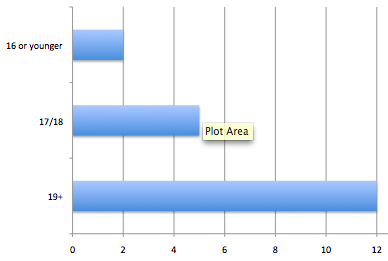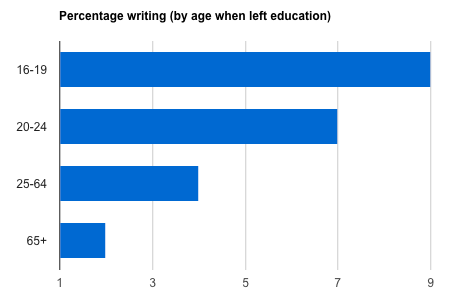Back in 2004 when Technorati, a blog search engine, started to publish information annually about who bloggers were and what they wrote it was gold, because stats were very hard to find. Now that most internet-related surveys include some mention of blogging, however, the deficiencies of Technorati’s work have become more apparent. This year’s “State of the Blogosphere 2010” report was particularly problematic (or have I just started noticing its problems more?)
1) There’s no unified report as a PDF to store away for future reference or print
2) The statistics they quote seem substantially at variance with what other surveys suggest either about blogging in the US (eg from Pew) and UK (eg from OxIS) or about the numbers of bloggers across the world (eg from the World Internet Project or Universal McCann). Interesting if true but the information about how the survey was done is too vague to be useful. It doesn’t say how people were recruited to take part in the survey and across which countries. The proportions they found from different countries are likely to be simply a reflection of the effort they put in to reaching people in those countries and their familiarity with English.
3) This survey is tacitly a survey of the English-speaking blogosphere not the whole blogosphere but is not represented as such throughout so these figures may be cited as reflecting global blogging while they appear to substantially under-count (for example) blogging in China and Japan).
I wouldn’t complain so vigorously or at length except that:
a) once again this shows how US-based internet companies often discuss the internet as if US behaviour could simply be extrapolated to everyone (something I complained about nearly 15 years ago)
b) A survey of this scale if properly done and with data analysed in detail (or even released to the public for download and reanalysis as Pew and OxIS do) could have been genuinely useful.


